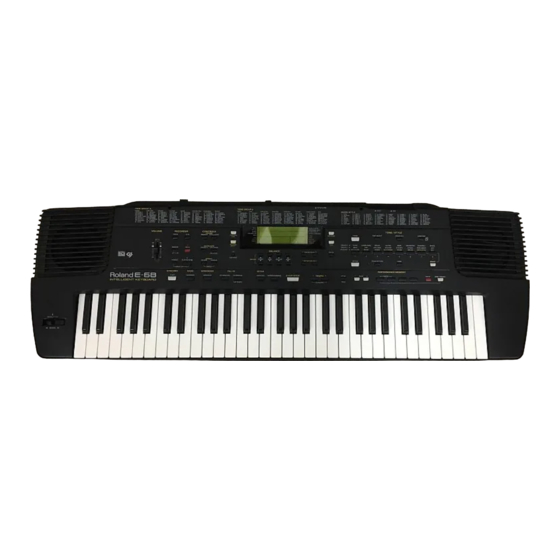
Roland E-68 Manuals
Manuals and User Guides for Roland E-68. We have 2 Roland E-68 manuals available for free PDF download: Owner's Manual
Roland E-68 Owner's Manual (121 pages)
Intelligent Keyboard
Brand: Roland
|
Category: Electronic Keyboard
|
Size: 5.4 MB
Table of Contents
Advertisement
Roland E-68 Owner's Manual (224 pages)
Brand: Roland
|
Category: Musical Instrument
|
Size: 10.85 MB

